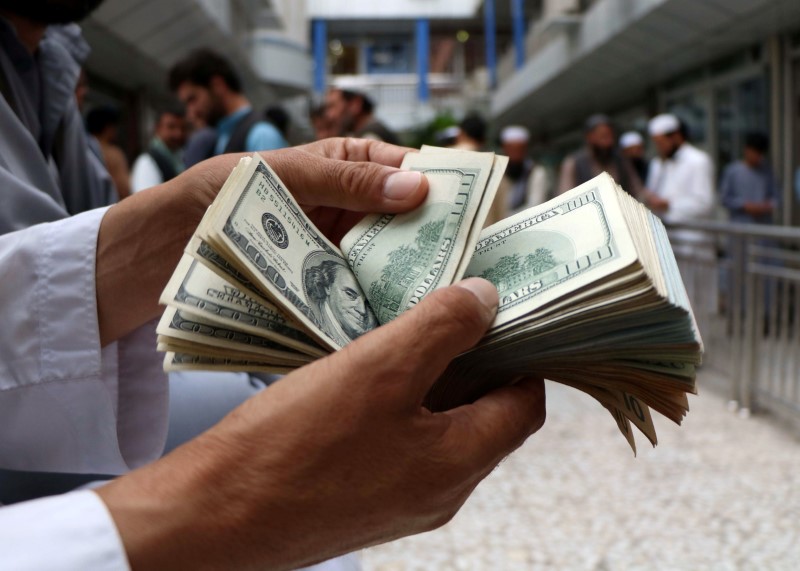Two 59%+ winners, four above 25% in Aug – How this AI model keeps picking winners
Investing.com - The US dollar surged higher Monday after US President Donald Trump delivered on his threat of more trade tariffs, and Citi assesses the potential for more gains.
At 08:25 ET (13:25 GMT), the Dollar Index, which tracks the greenback against a basket of six other currencies, traded 0.7% higher to 109.005, having hit a three-week high earlier in the session.
“For now, we remain of the view that the DXY has shifted into a higher range versus the prior two years, one in which the DXY can trade around 106-110,” said analysts at Citigroup (NYSE:C), in a note dated Feb. 3.
“However, there is upside risk to this view, with potential for as high as 115 (though we would see such a move as an overshoot that will not persist as this would be excessive versus even the most hawkish tariff scenario articulated by Trump).”
The bank calculated that this weekend’s tariffs have raised the US’s effective tariff rate from 2.3% to 10%, suggesting the overall tariff increase is worth ~3% upside in the dollar.
“Given Friday’s close already had the USD overvalued relative to rate differentials by 0.8% – a measure we have been using as a tariff risk premium – there is potentially another 2.2% upside in the USD,” Citi added.
“That would take the DXY towards 110.90, slightly above the top of the range we expect for the DXY in H1. Given DXY at 109.66 as we go to print, the risk/reward is not particularly attractive at current levels to aim for that.”
Still, there is upside risk to this view. First, tariff-FX betas are uncertain, and there is also USD upside still if markets start pricing in the worst-case scenario of Trump tariffs, which from here would be raising China tariffs to 60% and having a broad tariff everywhere else of 10%.
Chasing USD higher here could still pay off, but it is also buying the USD when a lot of the immediate tariff risk is priced in. FX markets are incredibly efficient. And while we think investors in general did not expect tariffs over the weekend, this was still a “known known” risk (even if implementation potential was a “known unknown”).
So, “we do not think it is attractive to chase USD higher here. But USD downside should also remain limited,” Citi added.
